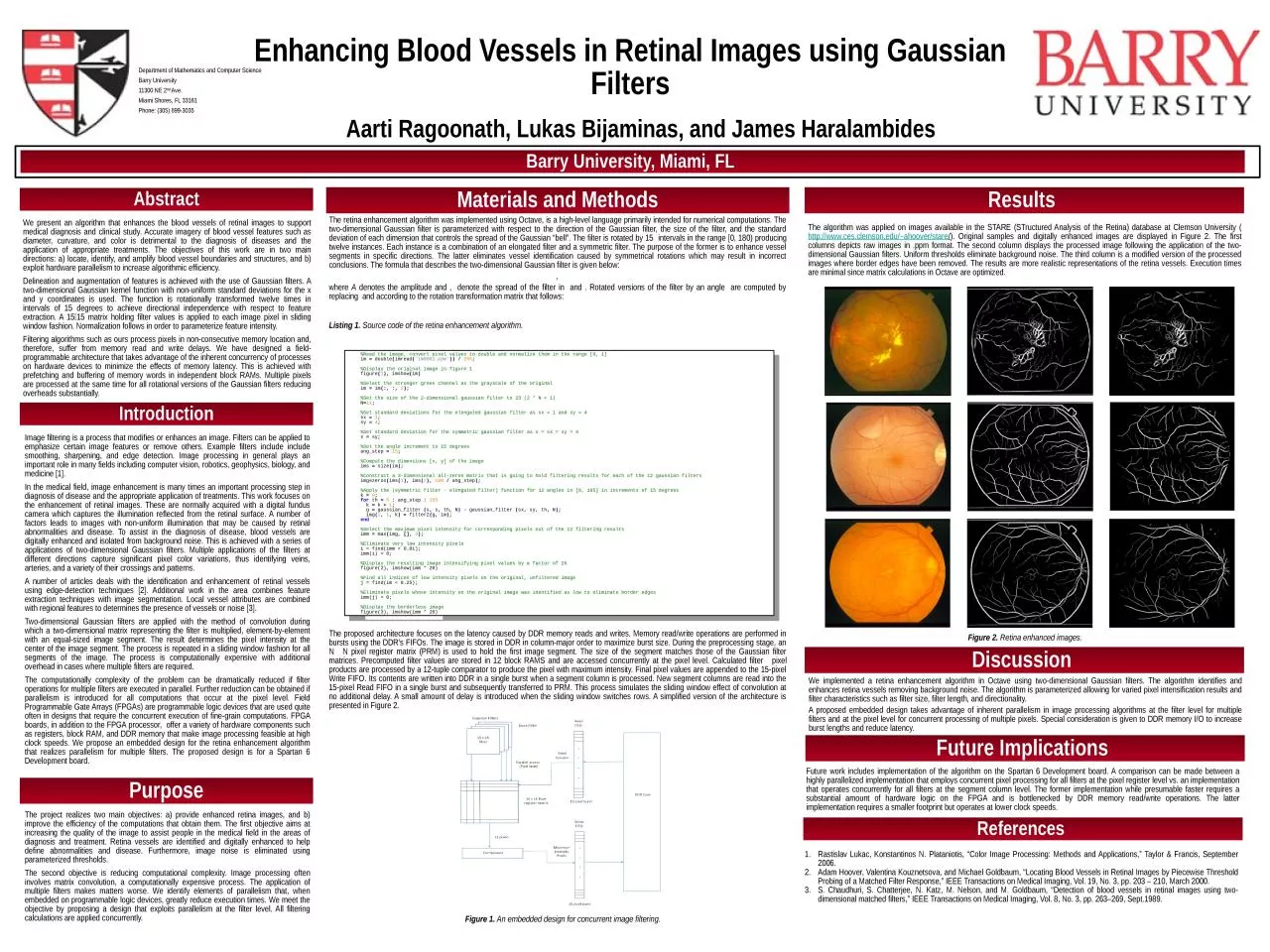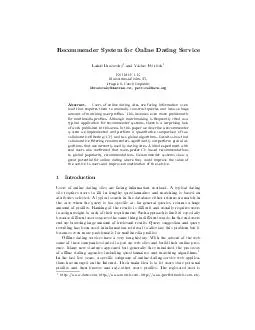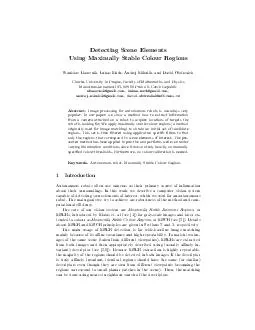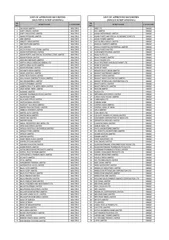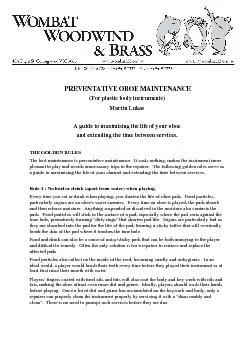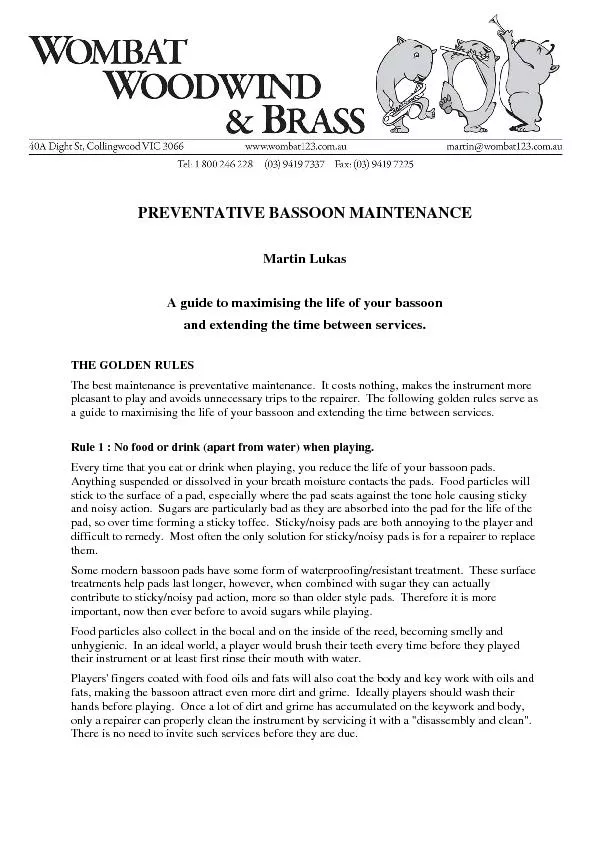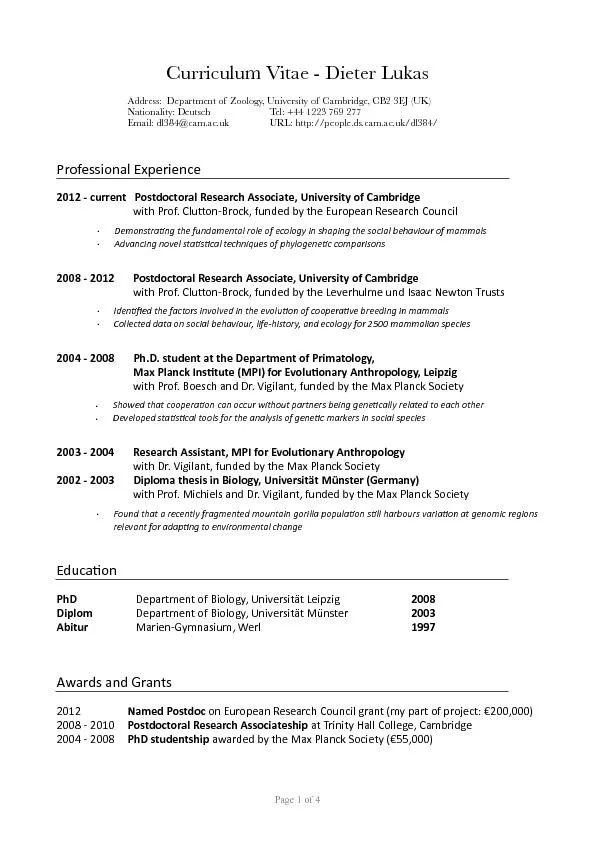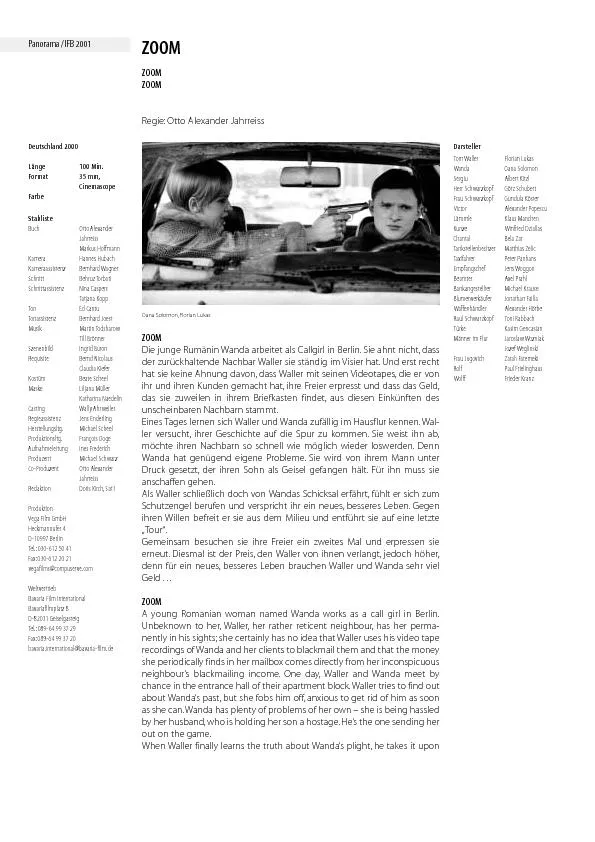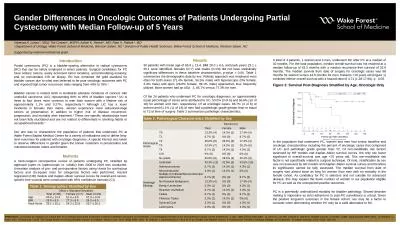PPT-Aarti Ragoonath, Lukas Bijaminas,
Author : RefreshingView | Published Date : 2022-08-03
and James Haralambides Department of Mathematics and Computer Science Barry University 11300 NE 2 nd Ave Miami Shores FL 33161 Phone 305 8993035 We present an
Presentation Embed Code
Download Presentation
Download Presentation The PPT/PDF document "Aarti Ragoonath, Lukas Bijaminas," is the property of its rightful owner. Permission is granted to download and print the materials on this website for personal, non-commercial use only, and to display it on your personal computer provided you do not modify the materials and that you retain all copyright notices contained in the materials. By downloading content from our website, you accept the terms of this agreement.
Aarti Ragoonath, Lukas Bijaminas,: Transcript
Download Rules Of Document
"Aarti Ragoonath, Lukas Bijaminas,"The content belongs to its owner. You may download and print it for personal use, without modification, and keep all copyright notices. By downloading, you agree to these terms.
Related Documents

